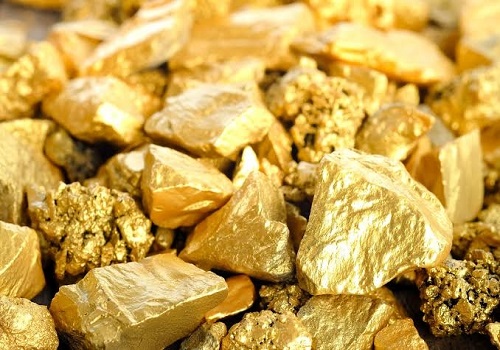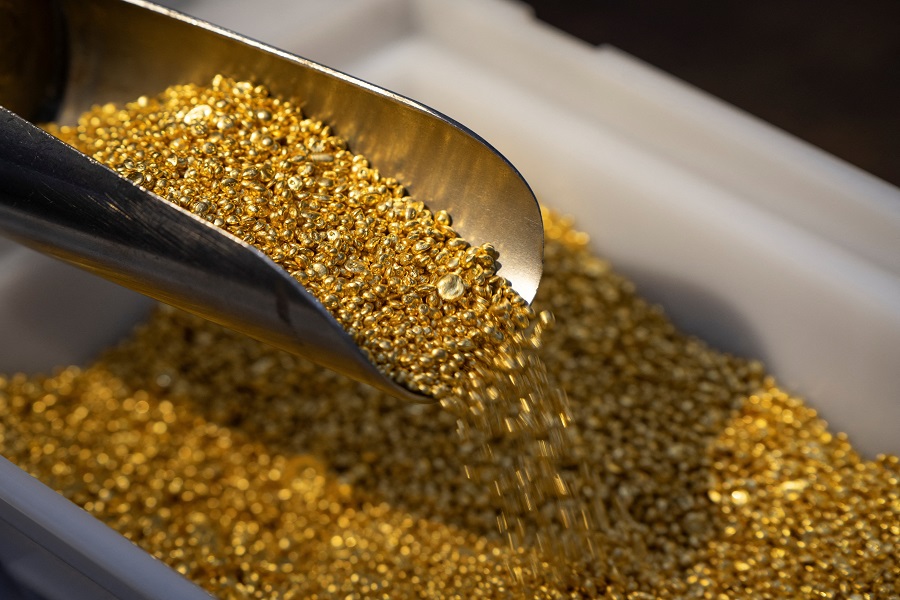August 2023 - Monthly Gold Outlook By Chirag Mehta & Ghazal Jain, Quantum AMC

Gold Outlook for June 2023 by Chirag Mehta, CIO & Ghazal Jain, Fund Manager- Alternative Investment, Quantum AMC
Gold started July on a subdued note, trading near $1900 per ounce levels with the backdrop of the Fed’s hawkish hold in June. Prices gradually moved up during the month as investors stuck to bets of one final interest rate hike in July. The probability that the Fed will raise its benchmark rate by 25 basis points to a range of 5.25%-5.50% in July was above 90% for most of the month, according to Interest Rate Futures. International gold prices ended the month ~2.7% higher. Domestic prices moved up by ~2.9%. However, there was some volatility along the way.
The minutes from the Fed’s June 13-14 meeting revealed that a majority of Federal Reserve officials saw the need for further interest rate hikes in 2023, given the above-target inflation and labour market resilience. Next, the US Bureau of Labor Statistics published the private sector jobs data, which showed 209,000 jobs were added in June, below the market expectation of 225,000. May's increase of 339,000 also got revised lower to 306,000. The weaker-than-expected rise in private sector jobs was a positive, but the Unemployment Rate edged lower to 3.6% from 3.7% and the annual wage inflation stood unchanged at 4.4%, compared to analysts' estimates of 4.2%, pointing to still tight labor market conditions. These events sharply pushed 10-year Treasury yields above the 4% threshold and weighed on gold prices, which traded in the early-$1900s.
After these short-lived setbacks, the precious metal moved up above the $1950 mark after the Consumer Price Index (CPI) for June was published. Inflation in the US declined to 3% on a yearly basis in June from 4% in May, slightly below the market expectation of 3.1%. Further, core CPI inflation, which excludes volatile food and energy prices, dropped to 4.8% from 5.3%. On a monthly basis, the CPI, and the Core CPI both rose 0.2%, and these figures fell short of analysts' estimates. The data eased pressure on the US central bank for additional rate hikes. In response, Treasury yields retreated to 3.85% levels, and the Dollar Index fell below the key 100 mark.
Later in the month, S&P Global said its flash US Composite PMI index, which tracks manufacturing and service sectors, fell to 52.0 from 53.2 in June. The softening economic conditions further supported market’s view that July should be the last hike of this cycle.
At its July meeting, the American central bank raised interest rates to a 22-year high. But despite this seemingly hawkish move, gold markets firmed up to $1975 per ounce levels given that a) the 25-basis point move was largely priced in and b) the meeting was perceived as less hawkish than the one in June where Chairman Powell alluded to 2 more rate hikes in 2023. This is evident from interest rate futures which post the FOMC meeting continue to see rates peaking at this level.
Unlike last time, the Fed did not give much forward guidance on the monetary policy path. It seems the softer US inflation readings for June positively weighed on their decision. Powell used the words "data dependent" when asked about the September policy. Further easing in the monthly core inflation numbers for July and August could very well make this the last rate hike in this tightening cycle. On the other hand, any negative surprises on the inflation front could mean more rate hikes. Powell again ruled out any rate cuts in 2023 which capped the upside in gold.
Following this, the US Department of Commerce released preliminary estimates of Gross Domestic Product (GDP) data. The US economy grew at an annualized rate of 2.4% in the second quarter, beating estimates of 1.8%. The data eased recession fears and drove up US Treasury yields and the US Dollar above the 4% and 101 marks respectively. With a strong economy reducing the need for relatively safer asset classes like gold and strengthening the Fed’s ability to tighten, gold retreated to mid-$1900 levels. Limiting the downside for gold was the improving inflation environment which suggested the Fed could choose to pause for good. The Personal Consumption Expenditures (PCE) index, which is the Fed’s preferred inflation gauge, was up 3% y-o-y, down from 3.8% in May. The Core PCE index climbed 4.1% y-o-y, down from 4.6% in May. On a monthly basis, the PCE, and the Core PCE both rose 0.2%. Till clarity emerges on the direction of Fed policy, we can expect gold prices to largely remain range bound as mixed economic signals push and pull the metal.
While the disinflation momentum is a positive, a large part of it is driven by base effects which could ease going forward, making it trickier to materially bring inflation down from these levels. If the Fed decides to tighten further, we could see gold prices move lower from here.
Over the medium term, despite the "higher for longer" rhetoric, lower inflation along with a slowdown in US growth should lead the Fed to cut rates sooner than it currently states. A rate cut combined with higher-than-average inflation will result in a structural up move in gold prices
Above views are of the author and not of the website kindly read disclaimer
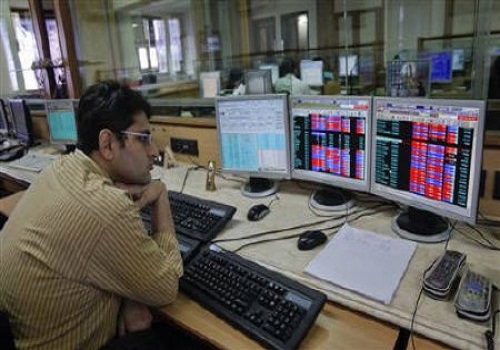
.jpg)

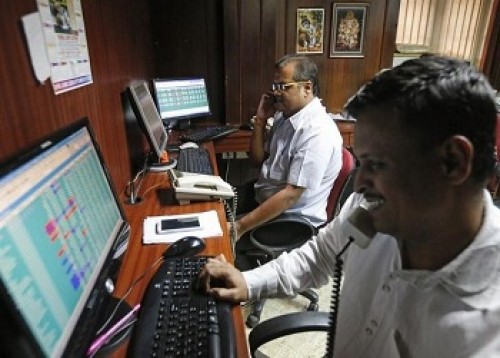
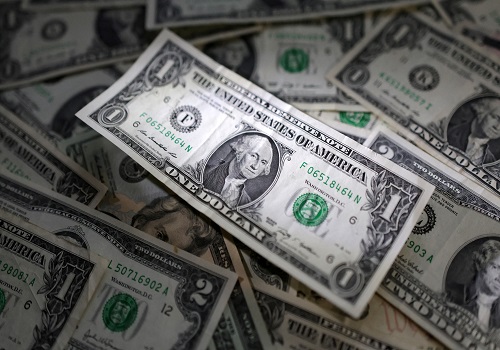




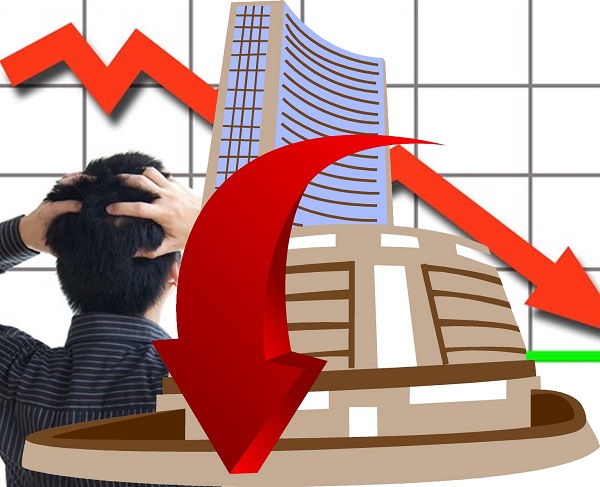
Tag News
More News
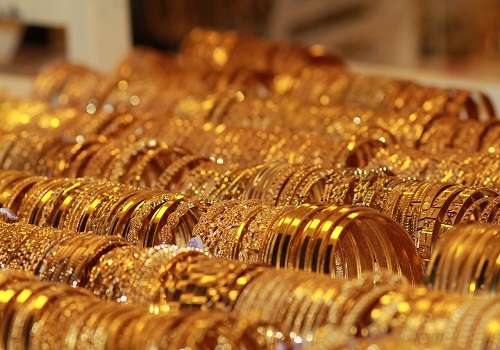
Quote on Gold commentary by Mr. Manav Modi, Senior Analyst, Commodity Research at Motilal Os...
